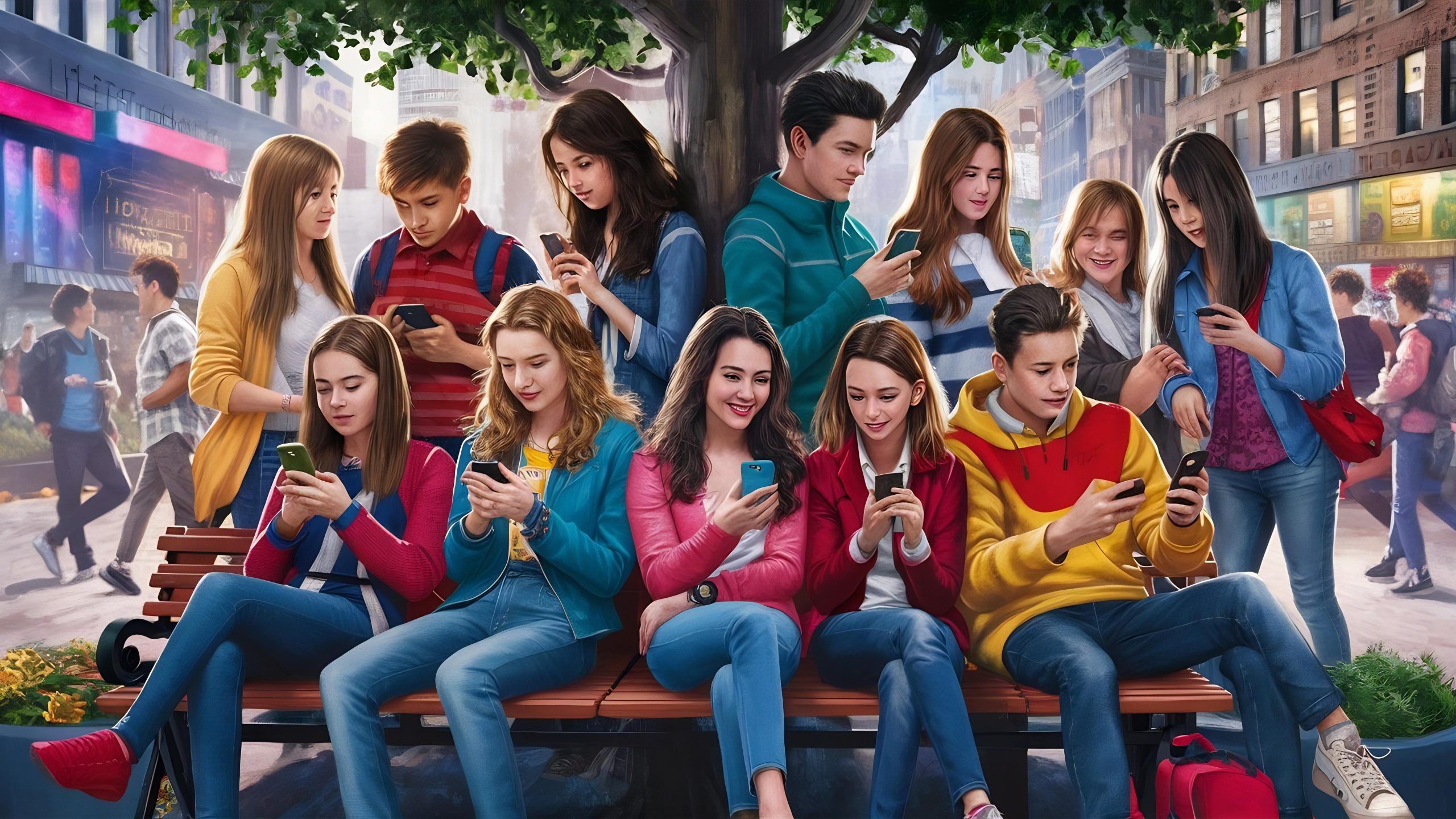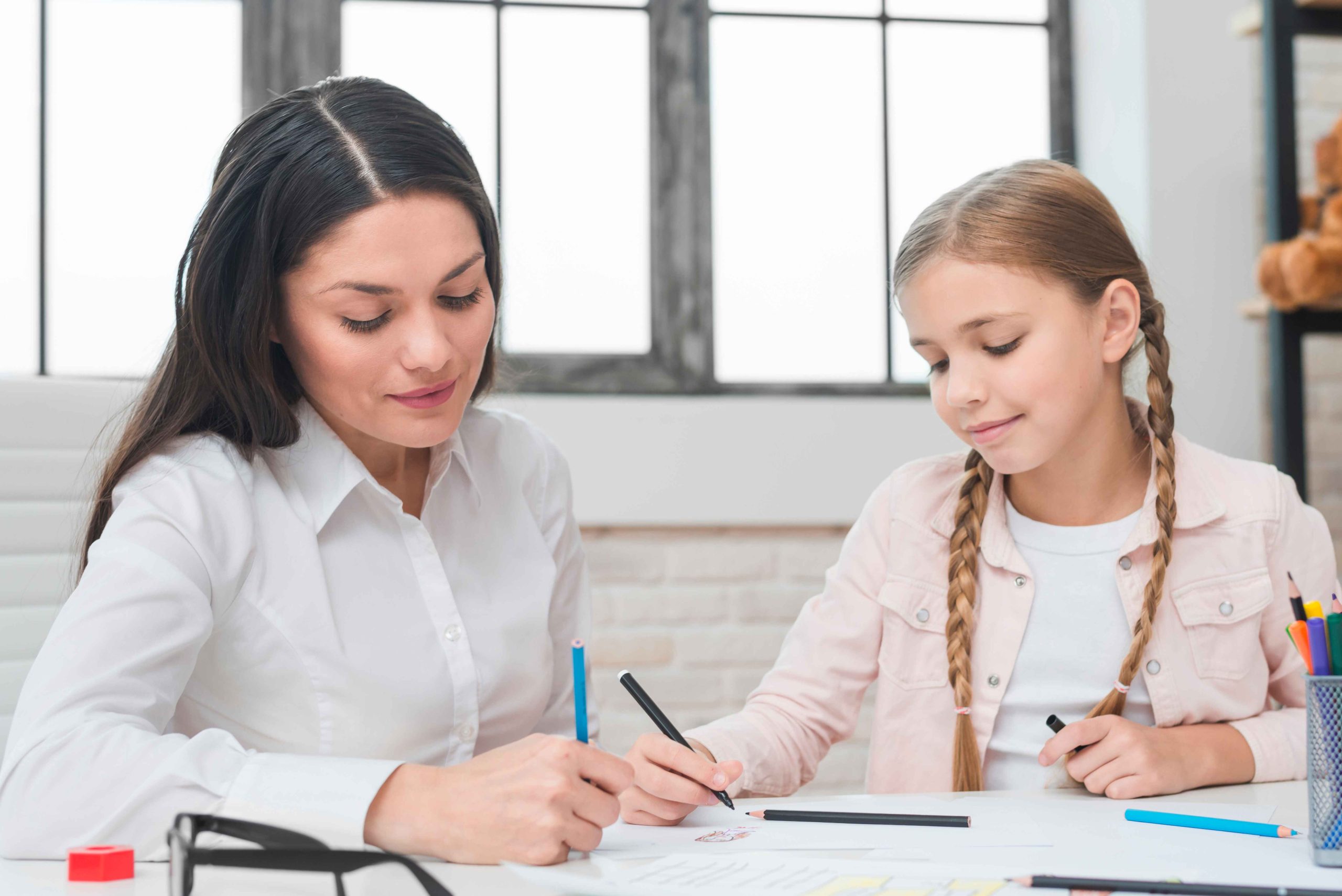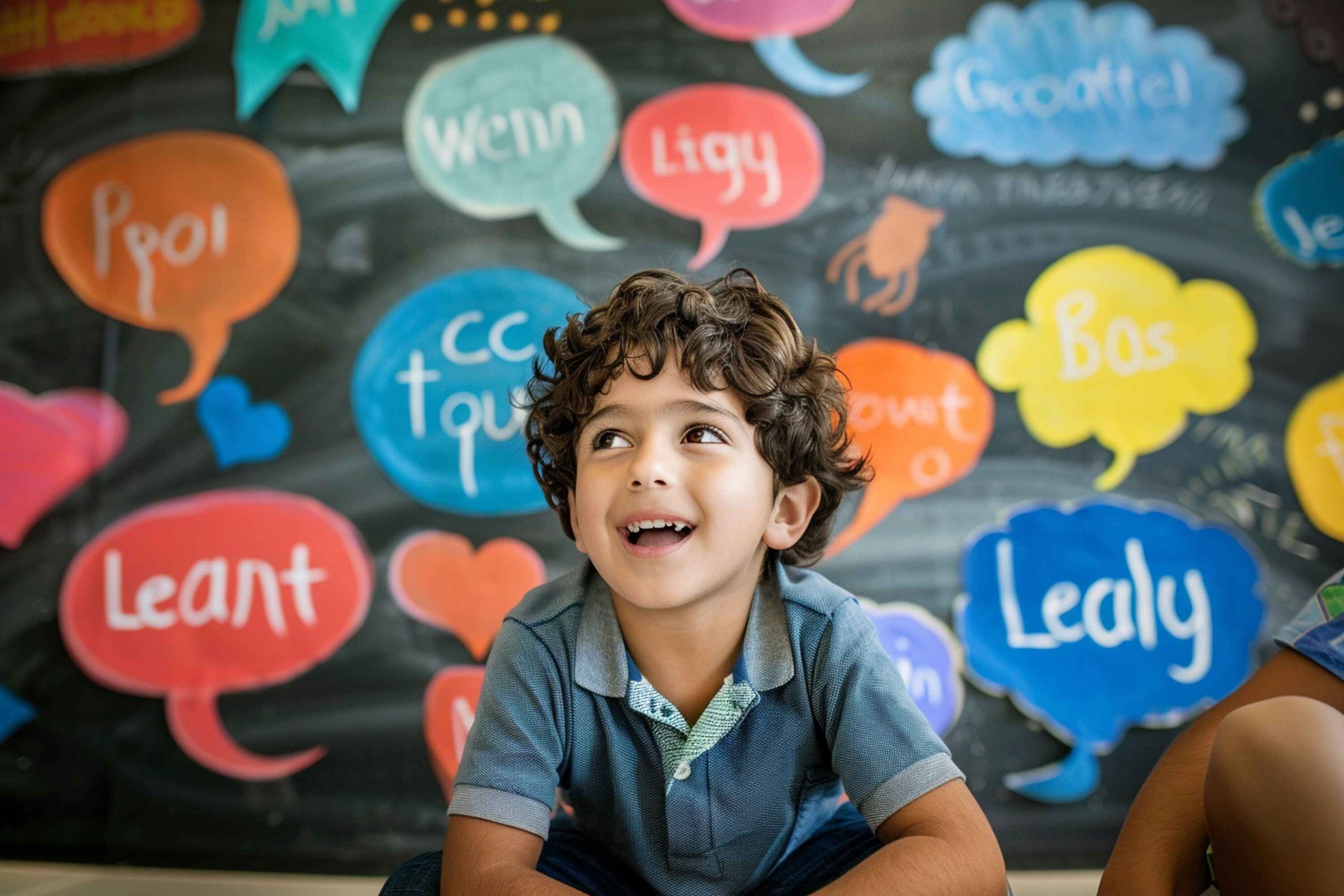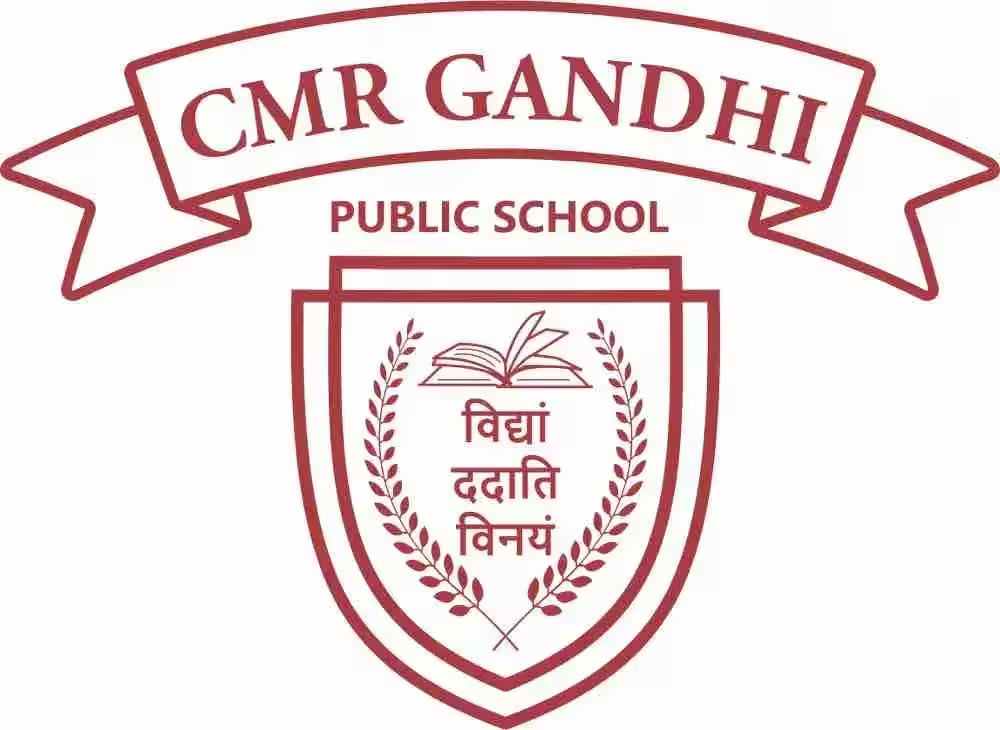By the age of 13, nearly 90% of teens are active on at least one social media platform. While this digital connection has its advantages, it also opens doors to anxiety, depression, sleep disruption, and social isolation.
Today’s teens scroll through endless content, influenced by likes, trends, and online validation—often without realizing the long-term impact. From tuition centres to playgrounds, teens on social media are constantly exposed to fast-moving trends and peer pressure.
This blog by CMR Gandhi Public School explores the effect of social media on teens—its highs, lows, and how parents and schools can help teens navigate it responsibly.
The addiction isn’t accidental. Internet-based applications use AI-driven algorithms designed for “infinite scroll”—showing content users love so they never stop scrolling. It creates dopamine loops and validation-seeking behavior.
FOMO (Fear of Missing Out) is another major reason why teens keep coming back. Constant exposure to filtered lifestyles and viral trends often creates unrealistic standards. As a result, teens begin chasing validation, skipping studies, and seeking shortcuts to fame—leaving serious digital impact on their minds and routines.
One worrying trend is the ASL on teens on social media—a blend of anxiety, stress, and loneliness caused by overexposure to digital content.
As clinical psychologist Dr. Mary Ann McCabe notes:
“The original yearning is social, but kids can accidentally wander into harmful content.”
Psychological Impact: Mental Health and Emotional Well-being
Here’s a deeper look at the social media impact on teen behavior:
- Anxiety & Depression: Teenagers spending excessive time online are more prone to low self-esteem, mood swings, and depressive episodes.
- Loneliness: Despite being constantly “connected,” many teens feel emotionally isolated in the real world.
- Social Comparison: Teens compare their everyday lives with the “highlight reels” of influencers, leading to envy and self-doubt.
A PEW Research Center study confirms that increased screen time leads to heightened feelings of insecurity and social disconnection—especially among adolescents.
Cognitive and Academic Impact
Social media also affects the way teens think and learn:
- Reduced Attention Span: Constant scrolling rewires the brain to crave fast gratification, affecting focus.
- Disrupted Sleep: Late-night scrolling causes irregular sleep patterns, leading to fatigue.
- Poor Academic Performance: Fatigue and distraction, lower memory retention, task completion, and exam readiness.
Clearly, the impact of social media on youth extends beyond emotions—it alters how they function cognitively.

CMR Gandhi Public School
Drop Your Enquiry
While it has drawbacks, social media also has its upsides when used wisely:
- Access to Learning: Teens use platforms like YouTube or Instagram for tutorials and creative projects.
- Peer Support & Community: Many find solidarity in interest groups, mental health forums, and activism.
- Creative Expression: Music, art, poetry, and even coding are being shared and celebrated online.
This is why it’s important to have a balanced view rather than an all-out ban.
Parental Role: Guiding Without Spying
Parents don’t need to spy—they need to guide. Here’s how:
- Set healthy digital boundaries like no-phone zones at dinner or bedtime.
- Promote open discussions about online experiences.
- Use screen-time apps and parental controls for safer browsing.
- Enroll in digital literacy workshops to stay informed alongside your teen.
What Schools & Educators Can Do
Schools, especially CBSE schools in South Bangalore, are now playing a bigger role in managing digital behavior:
- Integrate digital wellness and media literacy into the curriculum
- Offer access to counselors for students facing online stress
- Conduct awareness seminars to recognize fake news, clickbait, and toxic content
At CMR Gandhi Public School, students are guided through interactive sessions that promote healthy tech habits and emotional resilience.
- Curate Your Feed
Follow educational, inspiring content. Unfollow accounts that spark comparison.
- Limit Doomscrolling
Be mindful of the time spent on negative news or filtered lifestyles.
- Use Screen-Time Apps
Set daily limits and track usage.
- Try Digital Detox Days
Regular breaks help clear the mind and reduce anxiety.
The social media landscape is rapidly changing:
- Short video formats are dominating, from Instagram Reels to YouTube Shorts.
- AI-powered feeds are reshaping what teens see and engage with.
- Future regulations may bring stricter controls on teen content exposure.
Still, why is social media bad for teens? Because without control, even helpful platforms can become emotionally draining. The goal is not to eliminate it—but to use it consciously.
Conclusion: Empowering Teens to Thrive Online
Social media can either empower or overwhelm. The difference lies in how we guide our teens.
At CMR Gandhi Public School—a leading choice among CBSE schools in Sarjapur Road and CBSE schools in HSR Layout—we help students develop emotional intelligence, digital responsibility, and real-world problem-solving skills.
Together, let’s raise a generation that uses social media to connect, learn, and lead—not compare and crumble.
Looking for a school that nurtures emotional intelligence and digital responsibility?
Explore how CMR Gandhi Public School builds a safe, tech-positive learning environment for teens.










